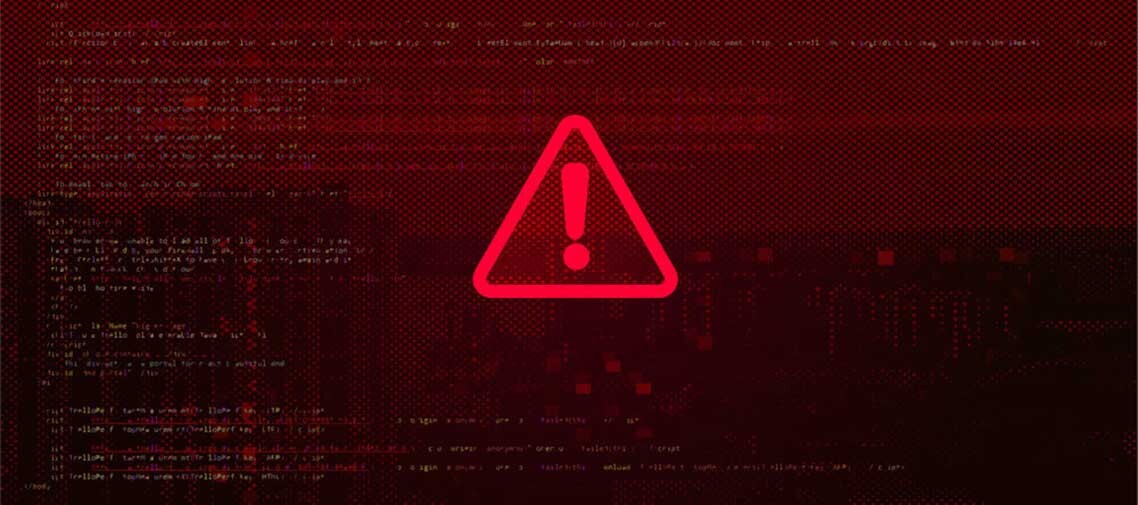Cloud security monitoring is an automated process of continuously assessing physical and virtual servers to analyze data for threats and vulnerabilities in cloud-based environments. It’s an essential component of cloud computing security that allows...
Server management includes all the monitoring and maintenance practices that enable servers to operate optimally. These practices include the management of hardware, applications, backups, and security. Servers are the foundation for many IT...
Amazon Web Services (AWS)—or simply AWS Cloud—is an on-demand cloud service provider (CSP) that provides cloud-based services on a metered, pay-as-you-go pricing scheme.The cloud provider enables organizations to reduce IT costs, accelerate...
SQL Server monitoring is a continuous process that assesses the performance of Microsoft SQL Server. It’s the first step towards optimizing the performance of workloads that depend on the SQL Server database. A comprehensive SQL Server monitoring tool can...
Network attacks and other network security threats are attempts to gain unauthorized access to your IT infrastructure via your network perimeter. They can adversely impact your organization’s operations and lead to productivity,...
In 2001, Microsoft introduced the RDP protocol, a proprietary protocol that allowed users to access an operating system’s desktop remotely. Since then, Microsoft has come a long way, developing the Microsoft Remote Desktop Services (RDS) to facilitate remote desktop...
A network audit is a process that involves mapping and taking inventory of network hardware and software. The process usually employs manual and automated methods. Sometimes, a network audit is carried out as part of a larger security audit. Most of the time,...
A single point of failure (SPOF) is any software, hardware, or other flaw that can bring down a system when something catasts articlerophic happens. To prevent downtime and achieve high availability and reliability,mission-critical systems should not...







